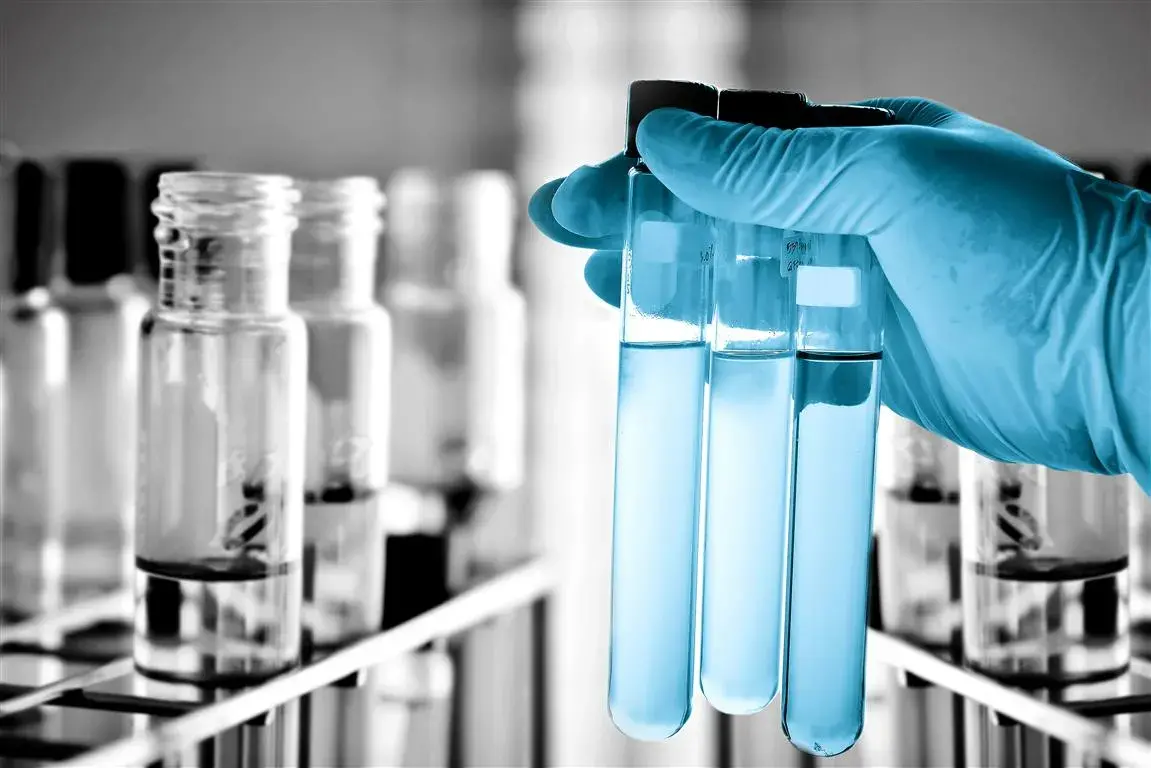India: Determining Customer’s Liability in Unauthorized Electronic Payment Transactions
India: Overview of the Drugs and Cosmetics (Tenth Amendment) Rules, 2018
India: Determining Customer’s Liability in Unauthorized Electronic Payment Transactions

The Reserve Bank of India vide notification[1] dated January 04, 2019, reformed the area of unauthorized electronic transactions in prepaid payment instruments (hereinafter referred to as ‘PPIs’) by defining customer liability and bringing all the customers to the same level with regard to electronic transactions made by them via any non-bank. PPIs are the methods such as internet account, wallets, mobile wallets, smart cards, etc., wherein goods and services can be purchased against the value pre-stored in such instruments. PPI mechanism was explained in detail in our earlier article[2].
Transactions
The notification differentiates between two types of transactions covered under the scope of the notification. Firstly, remote online transaction which do not require physical PPIs to be presented at the point of transactions and secondly proximity payment transactions which require the physical PPIs such as cards or mobile phones to be present at the point of transactions.
Customer’s Liability
The liability of the customers is defined three ways based on contributory fraud, negligence or other deficiencies. These are –
- If there is a contributory fraud, negligence or other deficiency on the part of the PPI issuer, in this case no liability shall lie on the customer. The customer shall have no liability in this case.
- If there is loss due to the negligence of the customer such as sharing payment credentials, the customer in this case shall bear the entire loss until the unauthorized transaction is reported to the PPI issuer. Any further loss shall be borne by the PPI issuer.
- Lastly, in case the fault does not lie on the issuer or the customer and the customer reports within three days, no liability shall be borne by the customer. If the customer reports after three days but before seven days, the customer will be liable towards the transaction amount however not more than ten thousand rupees. Beyond seven days it will be in accordance with the issuer’s policy.
Additional guidelines
The unauthorized payment transaction in the banking sector shall be governed by the earlier notifications[3] on the subject. The RBI imposes a greater burden on the PPI issuer to credit the reversal amount in the customer’s bank within ten days of the notification by the customer and further states that the issuer should ensure that the complaint is resolved within 90 days. The burden of proving customer liability in case of unauthorized electronic payment transactions shall lie on the PPI issuer. Lastly, the notification directs the PPI issuer to put in place a suitable mechanism and structure for reporting of the customer liability cases to the Board or one of its Committees.
[1] Notification No. RBI/2018-19/101 DPSS.CO.PD.No.1417/02.14.006/2018-19 dated January 04, 2019 available at https://www.rbi.org.in/Scripts/NotificationUser.aspx?Id=11446&Mode=0.
[2] India: RBI permits interoperability transactions dated October 24, 2018 available at Click here.
[3] Notification no. RBI/2017-18/15 DBR.No.Leg.BC.78/09.07.005/2017-18 dated July 6, 2017 available at https://www.rbi.org.in/Scripts/NotificationUser.aspx?Id=11040&Mode=0 or Notification no. RBI/2017-18/109 DCBR.BPD.(PCB/RCB).Cir.No.06/12.05.001/2017-18 December 14, 2017 available at https://www.rbi.org.in/Scripts/NotificationUser.aspx?Id=11188&Mode=0.
India: Overview of the Drugs and Cosmetics (Tenth Amendment) Rules, 2018

Introduction
Drugs and Cosmetics Act, 1940 (hereinafter referred to as the ‘Act’) and Rules 1945 (hereinafter referred to as the ‘Rules’) were passed with the aim to ensure that only qualified personnel are engaged in manufacturing, importing, distribution and sale of drugs and cosmetics, confirming safe and effective drugs and cosmetics are being sold. It also prevents entry of substandard drugs and cosmetics in the Indian market. The Act and the Rules have been amended several times since coming into force to meet the need of the hour.
Amendments
The latest amendments made in the Rules are for implementation of increase in application fees for grant of various import licenses, registration certificates for Drugs and Cosmetics and permission for import of New Drugs and Fixed Dose Combinations. These amendments have been brought vide the Drugs and Cosmetics (Tenth Amendment) Rules, 2018 w.e.f. October 12, 2018. The Ministry of Health and Family Welfare directed concerned officers in Central Drugs Standard Control Organization (CDSCO) (HQ) and its Zonal, Sub-zonal and Port offices to ensure implementation of the above amendment via office memorandum[1] dated December 17, 2018.
Increase in import licence fee for drugs
The application fee for obtaining import licence by a person who has a valid wholesale licence for sale or distribution of drugs has increased from INR 1000 (USD 15 approx.) to INR 10,000 (USD 150 approx.) for single drug and additional fee has also been increased from INR 100 (USD 1.5 approx.) to INR 1000 (USD 15 approx.). Furthermore, fees for obtaining a duplicate copy of the said licence has been increased to INR 1500 (USD 22 approx.) as compared to earlier fees of INR 250 (USD 4 approx.).
Increase in fees for obtaining Registration Certificate
A person having a valid wholesale licence for sale or distribution of drugs now has to pay USD 10,000 and additional fee of USD 5000 for additional drugs as opposed to USD 1500 and USD 1000 for additional drug pre-amendment. Furthermore, payment of USD 25,000 has to be made towards inspection or visit of the manufacturing premises or drugs by the licensing authority. Additionally, USD 1800 or its equivalent in Indian rupees shall be paid for making amendment in the registration certificate or issuing duplicate certificate whereas the fees pre-amendment was USD 300.
Increase in fees for obtaining licence for examination, test or analysis
The application for obtaining licence for examination, test or analysis shall be accompanied by INR 5000 (USD 71 approx.) for a single drug and an additional fee of INR 2000 (USD 29 approx.). Earlier the fee was INR 100 (USD 1.5 approx.) for a single drug and an additional fee of INR 50 (USD 1 approx.).
Fees for obtaining licence for importing small quantities of new drug
Any Government Hospital or Autonomous Medical Institution who wishes to obtain licence for importing small quantities of new drug for treating its patients has to file an application along with INR 600 (USD 9 approx.) for a single drug and an additional fee of INR 300 (USD 5 approx.) as compared to the earlier fee of INR 100 (USD 1.5 approx.) for a single drug and an additional fee of INR 50 (USD 1 approx.).
Import or Manufacture of new drug for Clinical Trials or Marketing
The fees accompanied with application for grant of permission to import a new drug has been increased from INR 50,000 (USD 706 approx.) to INR 2,50,000 (USD 3526 approx.). Likewise, an application for permission to import or manufacture fixed dose combination of two or more drugs had to be earlier accompanied with INR 15,000 (USD 212 approx.). However, post-amendment the fee has been modified as INR 15000 (USD 212 approx.) in case of application for manufacture of the fixed dose combinations and INR 1,00,000 (USD 1412 approx.) in case of import application of the fixed dose combinations.
Import and Registration of Cosmetics
In order to obtain licence to import cosmetics, the concerned application has to be now accompanied by USD 2000 or its equivalent in Indian rupees for each brand of cosmetic and a fee of USD 50 for each variant, whereas earlier the fees was USD 250 for each brand irrespective of number of variants. Moreover, the fees for obtaining duplicate licence has been increased to USD 500 from USD 100.
Conclusion
The application fees for grant of various licences relating to import of drugs and cosmetics has been substantially increased. The Ministry of Health and Family Welfare has also taken due steps to ensure that these amendments are properly enforced. However, the effect of these amendments in the drugs and cosmetics sector is yet to be noticed.
[1] Office Memorandum F. No. 18-68/2018-DC dated 17.12.2018 available at https://cdsco.gov.in/opencms/opencms/system/modules/CDSCO.WEB/elements/download_file_division.jsp?num_id=MjMzNw .


